On June 14, in Nam Dinh province, the Ministry of Education and Training (MOET) organized a conference on education and training development in the Red River Delta region to 2030, with a vision to 2045; implementing Resolution No. 30-NQ/TW dated December 23, 2022 of the Politburo on socio-economic development orientations, ensuring national defense and security in the Red River Delta region to 2030, with a vision to 2045.
Attending the conference were Minister of Education and Training Nguyen Kim Son; Secretary of Nam Dinh Provincial Party Committee Pham Gia Tuc; Deputy Head of the Central Propaganda Department Vu Thanh Mai; Vice Chairman of the National Assembly's Committee for Culture and Education Dang Xuan Phuong; Deputy Minister, Vice Chairman of the Ethnic Minorities Committee Y Thong; Deputy Minister of Education and Training Hoang Minh Son, along with leaders of the People's Committees of provinces, departments, and offices of education and training of districts, towns, and cities under the provinces and cities in the Red River Delta region and principals of higher education institutions in the region.
 |
| Minister of Education and Training Nguyen Kim Son and delegates chaired the Conference. |
Speaking at the opening of the Conference, Minister of Education and Training Nguyen Kim Son acknowledged that, in addition to the achieved results, the region's education still has shortcomings, limitations, difficulties and challenges. The Ministry of Education and Training hopes to discuss with localities and identify the picture of education in the Red River Delta; exchange and share experiences on what has been done in the past time and on that basis propose solutions to continue developing education in the Red River Delta until 2030, with a vision to 2045.
Reporting on the development of education and training in the Red River Delta region in the 2011-2022 period and the tasks and solutions for education and training development until 2030, with a vision to 2045, Deputy Minister of Education and Training Hoang Minh Son said: In the 2022-2023 school year, the entire Red River Delta region will have 11,440 preschool, general, and continuing education facilities. The rate of mobilizing children and students to go to school at the right age at the school level in the region has increased and is the highest in the country. The rate of mobilizing children in nursery schools reached 39.9% (14.5% higher than the national average). The rate of mobilizing preschool children reached 98.6% (6.2% higher than the national average). The rate of attending school at the right age at all general education levels is 99.9% for primary school; 98.7% for junior high school level and 92.9% for high school level.
 |
| Minister of Education and Training Nguyen Kim Son speaks at the Conference. |
Not only outstanding in the quality of mass education, the Red River Delta also has a rich tradition of spearhead education and gifted education. At the 2023 National Excellent Student Exam, 6/11 provinces in the region and Hanoi National University were in the top 10 localities and units with the most national excellent student awards and the most first prizes in the country.
In 2022, the entire region had 18 students winning regional and international Olympic prizes and the International Science and Technology Competition (accounting for 54.5% of the total number of prize-winning candidates). In 2023, this region continued to have the largest number of students selected to participate in international Olympic teams in the country.
The region’s higher education is increasingly asserting itself as the center for training high-quality human resources in the country. The whole region currently has 109 higher education institutions and nearly 600 vocational education institutions. Many higher education institutions have been ranked highly and increased their ranks on prestigious international rankings. The number of university students is the highest in the country. Scientific research and technology transfer have achieved many positive results, and applied research products are increasing in quantity and quality.
Besides, although the labor quality of the Red River Delta is higher than the national average, it is still low compared to the requirements of a developed economic region when nearly 2/3 of the labor force is untrained or has no degrees/certificates.
To implement the sector's goals, the key tasks identified for education in the Red River Delta are to focus on planning the network of educational and training facilities; ensuring equity in access to education; conditions to ensure the quality of education and training; improving the quality of preschool education, general education, and continuing education; improving the quality of human resource training; cooperation, connection and regional linkage to develop education and training; building, promulgating and organizing the implementation of appropriate mechanisms and policies to develop education and training.
At the conference, representatives of localities, education sectors, and higher education institutions in the Red River Delta shared educational achievements, identified difficulties and challenges, proposed and discussed solutions for developing education and training in the Red River Delta in the coming time.
News and photos: CENTER
Source




![[Photo] Closing of the 14th Conference of the 13th Party Central Committee](https://vphoto.vietnam.vn/thumb/1200x675/vietnam/resource/IMAGE/2025/11/06/1762404919012_a1-bnd-5975-5183-jpg.webp)

![[Photo] Prime Minister Pham Minh Chinh receives the delegation of the Semiconductor Manufacturing International (SEMI)](https://vphoto.vietnam.vn/thumb/1200x675/vietnam/resource/IMAGE/2025/11/06/1762434628831_dsc-0219-jpg.webp)

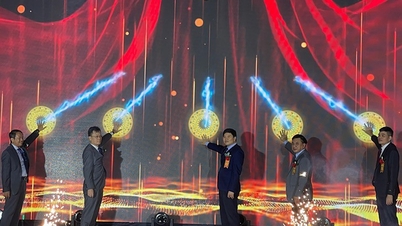

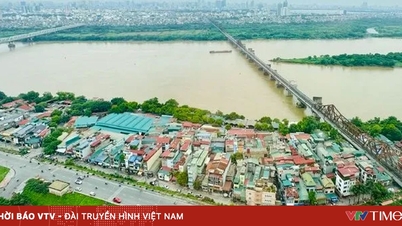

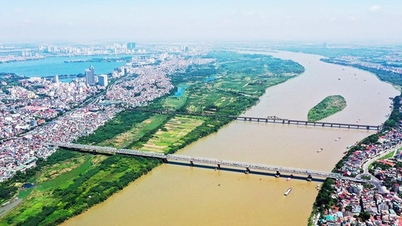

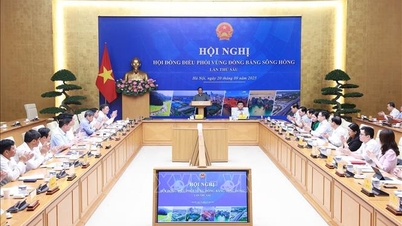

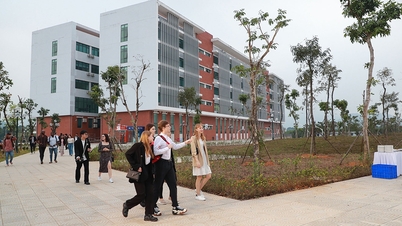







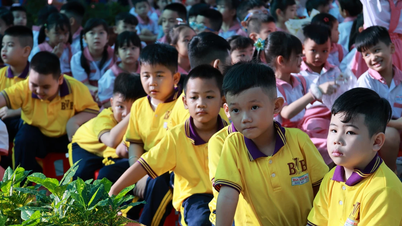




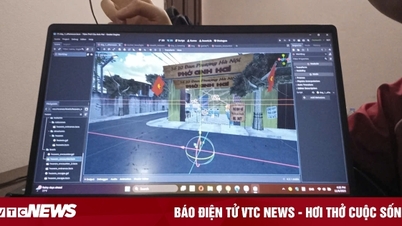





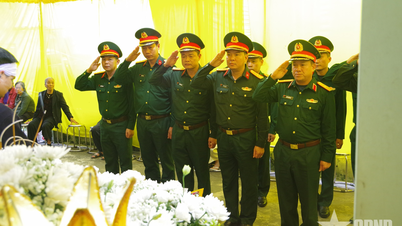
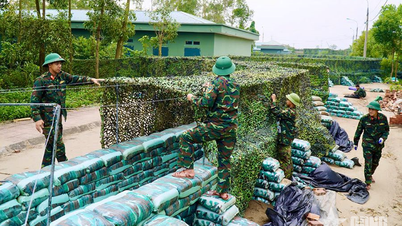

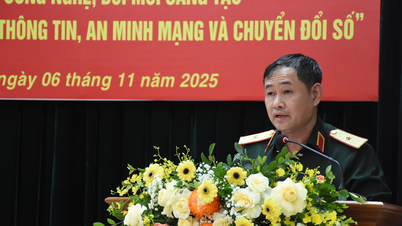
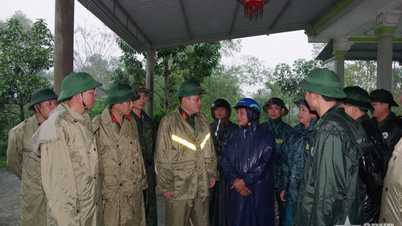

















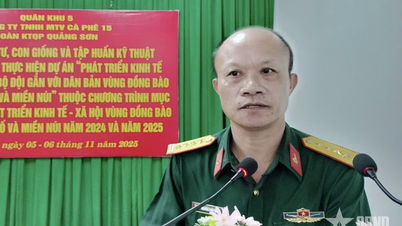


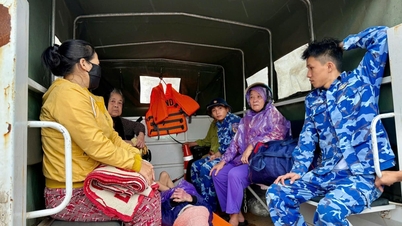

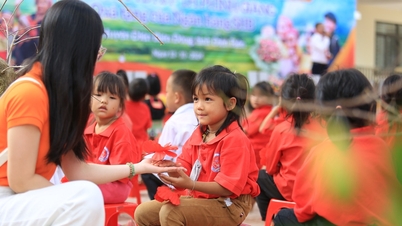

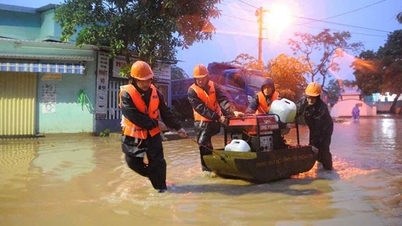

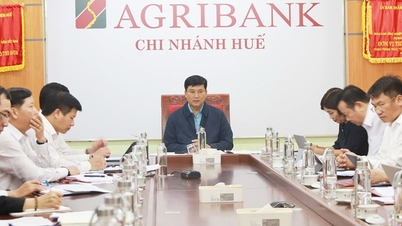

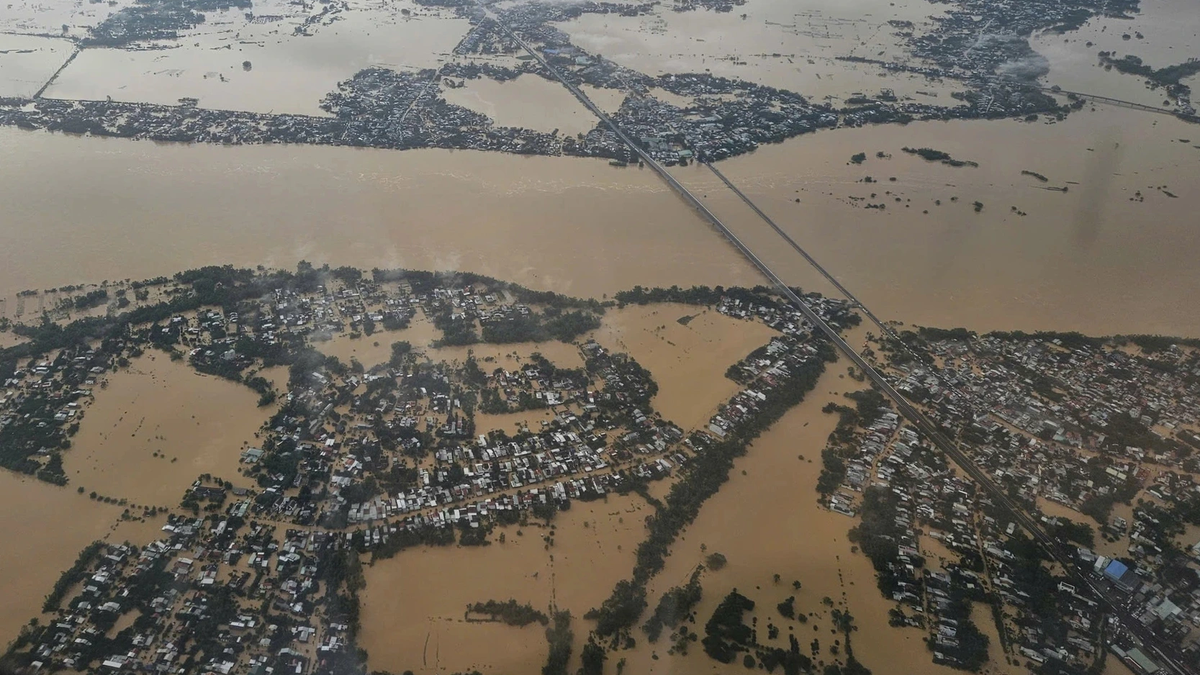



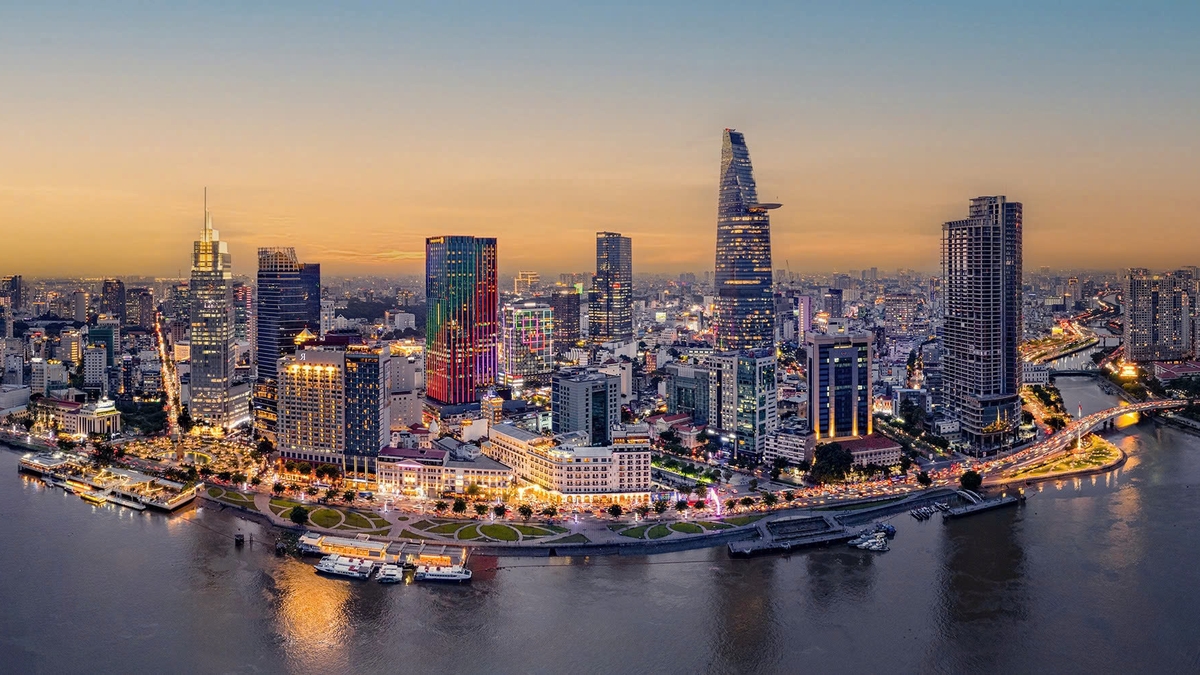
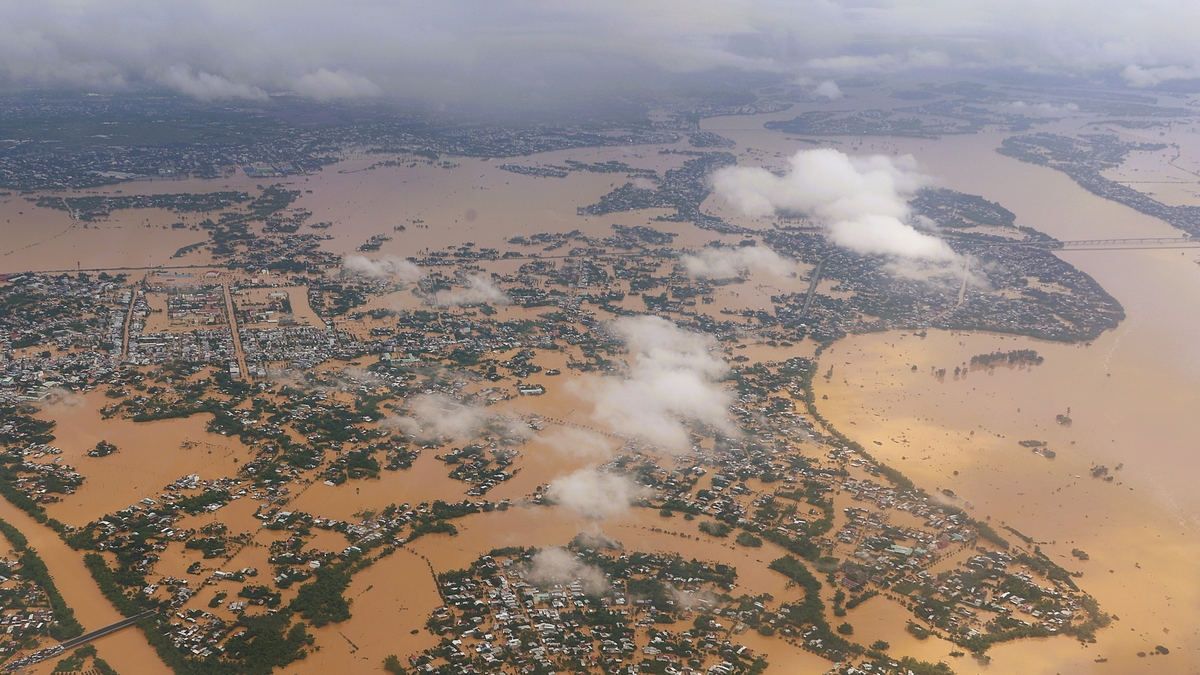
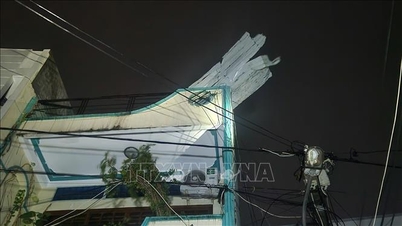
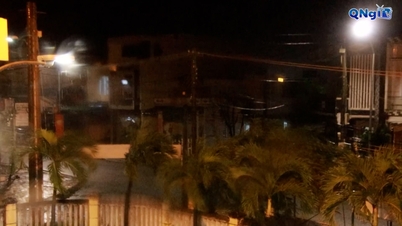

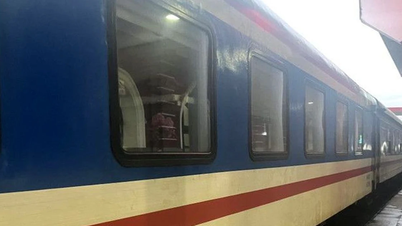

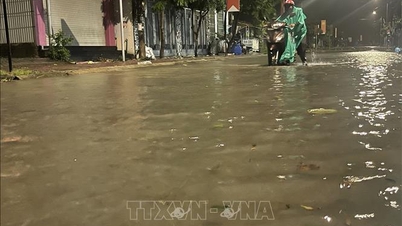

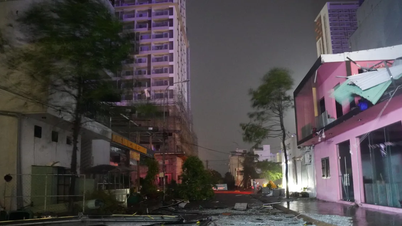



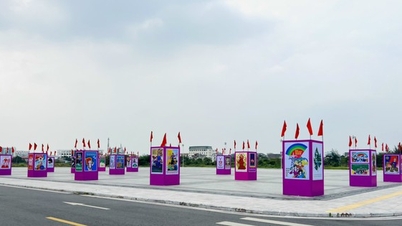








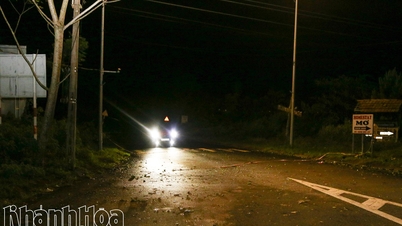

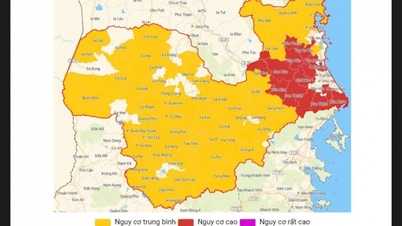

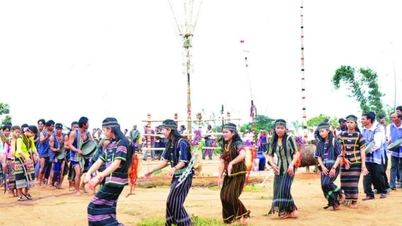
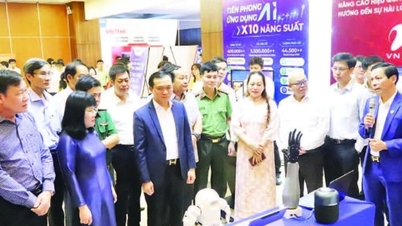















Comment (0)